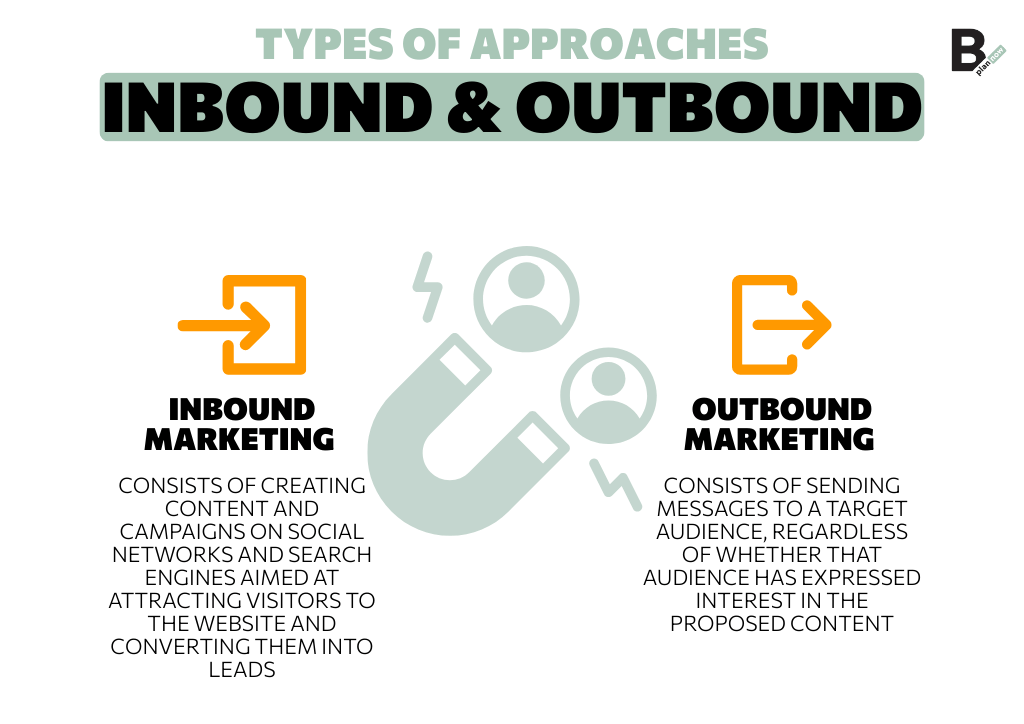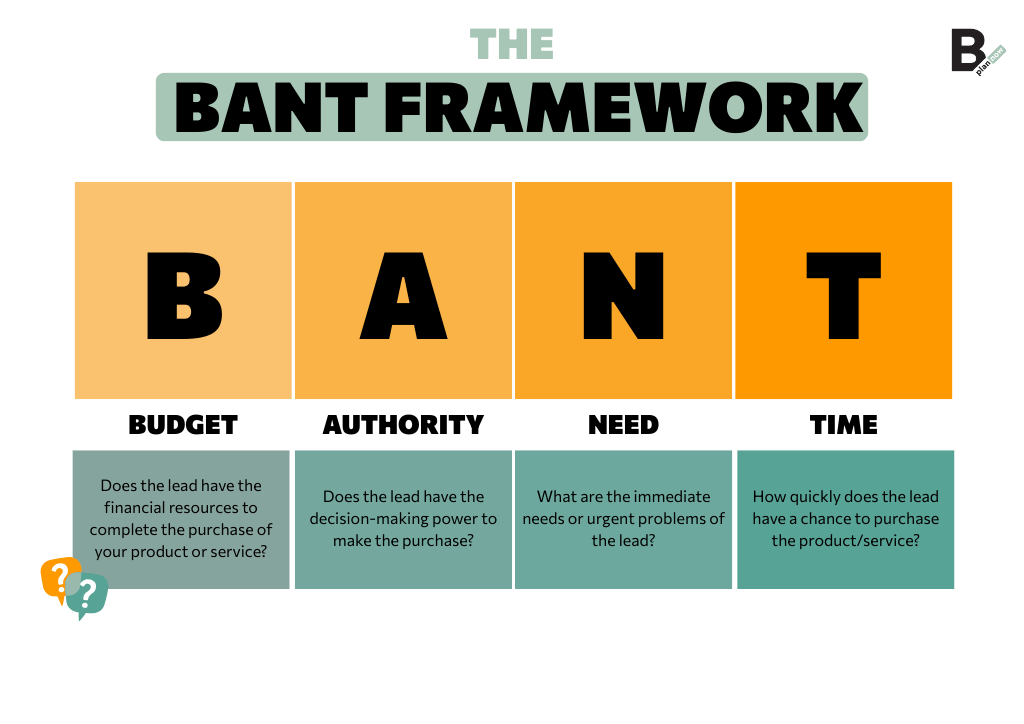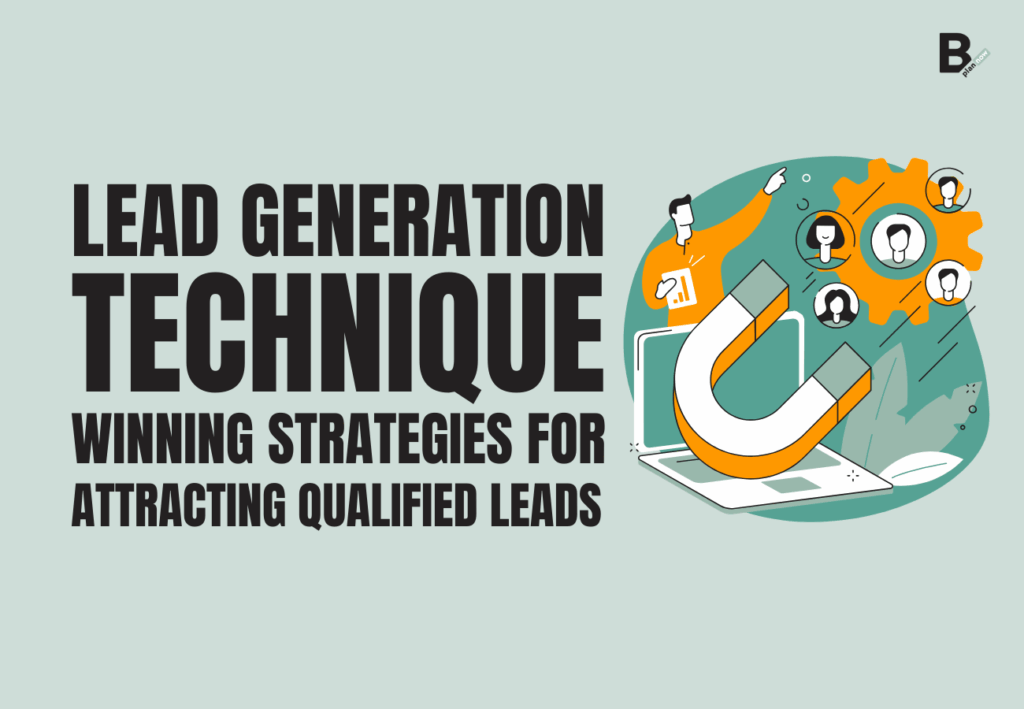Lead Generation is a cornerstone of modern marketing strategies. If you want your startup to be truly competitive, you need to go out and capture new qualified prospects. But where do you find them? And how do you win them over? In this guide to Lead Generation, you’ll find all the answers to these (and many more) questions.
What Is Lead Generation and why it’s so important
Lead Generation includes all the marketing actions a company takes to spark interest in a product or service with the goal of turning that interest into an actual sale. In practical terms, Lead Generation is about acquiring names of people in your target audience and turning them into new customers.
To really understand what Lead Generation is, though, we need to take a step back and clarify the difference between a lead, a prospect, and a customer.
Lead: meaning and difference from prospects and customers

The term “lead” refers to a potential buyer of a product or service. A company generates a lead when, through a marketing action, it obtains from a user the information needed to establish a commercial contact aimed at closing a sale. For example, this happens when a user responds to an ad by filling out a form to be contacted by the advertiser.
The difference between a “lead” and a “prospect” lies in the fact that while the lead has shown general interest in a product or service, the prospect demonstrates a concrete intent to buy, explicitly positioning themselves as a potential customer.
A “customer” becomes such when the purchase of a product or service actually takes place.
The digital evolution of Lead Generation
Looking for new qualified contacts is, as we said, an essential activity for the success of any startup or company. Today, the easiest place to find them is, of course, the web. It won’t surprise you to know that the effectiveness of a marketing strategy is strongly tied to online platforms and how they are used. Nor will it surprise you that today it’s easier than ever to generate leads thanks to the many technological tools available to companies.
Artificial Intelligence, for example, has made it easier to generate leads because algorithms can now better understand customer interests, highlight trends, and even predict which content a lead is most likely to interact with (based on previous behavior).
Why it’s crucial for startups and digital businesses
Lead Generation is important for any type of company, but especially for those active in the digital world and for startups.
Identifying (and acquiring) potential customers interested in your startup’s product or service allows you to optimize resources by focusing on a targeted audience and increasing conversion rates (while reducing acquisition costs). Not only that: Lead Generation provides you with an effective method to acquire new contacts, grow your Brand Awareness, and quickly expand your database of potential clients, building valuable relationships along the way.
The main techniques of Lead Generation
Now that you have a clearer idea of what a lead is and what Lead Generation means, we can review the main techniques to generate leads.

Content Marketing and Lead Magnets
Content Marketing is one of the most effective techniques for Lead Generation. It consists of creating, sharing, and distributing valuable content for users in order to drive traffic to the company or startup website, gather information and data on target users, and guide them—based on that data—towards making a purchase. Remember Andrew Davis’s words:
“Advertising gets you seen. Content gets you chosen.”
Now, you’re probably wondering which content types perform best for Lead Generation. Well, there isn’t a universal rule—other than paying close attention to quality (starting with SEO best practices).
That said, you should know about Lead Magnets, literally “magnets” for leads: these are content offers that, depending on your Buyer Personas, are particularly effective in acquiring target contacts. They can take many forms, from free eBooks to video tutorials, white papers, infographics, and webinars.
SEO and SEA to attract qualified traffic
As mentioned earlier, SEO is key, and it’s worth highlighting that well-written content optimized for Search Engine Optimization ranks better in search engines. This increased visibility drives more organic traffic to your website.
You should know that effective SEO optimization takes time. To get faster results, you can integrate organic traffic strategies with Search Engine Advertising (SEA), meaning paid campaigns that place your business in the most visible spots of search engine results.
Social media marketing
Just like search engines, social media is a prime playground for Lead Generation—thanks mainly to advanced targeting tools, but also to the power of User Generated Content and Influencer Marketing strategies that can be applied on these platforms.
Speaking of Social Media Marketing, it’s useful for you to know that in the B2B (Business-to-Business) arena, LinkedIn is particularly effective in creating engagement among spending decision makers and generating leads in target audiences, whether through paid advertising campaigns or organic content with dedicated landing pages.
Email marketing and automation
Marketing Automation involves automating repetitive activities, building Email Marketing strategies, tracking customer and prospect behavior, and more. For Lead Generation, it helps you better understand user interests, needs, and behaviors, allowing you to create personalized, data-driven campaigns that are far more effective.
Keep in mind that, according to research by Statista, 50% of B2B marketers consider Email Marketing the most effective channel for acquiring leads.
Lead Generation with chatbots, forms, and squeeze pages
Modern chatbots are sophisticated tools that provide users with real-time support. With them, your startup can more easily earn people’s trust and obtain the contact information you need.
When it comes to Lead Generation, you can’t overlook contact forms: traditional, but still essential and widely used. The “secret” lies in placing a short form (asking for just name, surname, email, and—when needed—phone number) on the most visited pages of your site, paired with a strong call-to-action that motivates users to leave their details.
Squeeze pages, similar to landing pages, are dedicated pages where users arrive after clicking a link or banner. Unlike landing pages, however, they are not designed for direct sales but to convert anonymous visitors into identified contacts (name, surname, email, and, ideally, phone number). To encourage users to provide this information, you can offer something free in return (remember when we talked about Lead Magnets?).
Events, Referral Marketing, and word of mouth
Word of mouth, both offline and online, is fundamental for Lead Generation. Referral Marketing, not by chance, is another highly effective technique: it consists of incentivizing customers to recommend your product or service within their circle of family, friends, and acquaintances. Beyond the digital space, you can also leverage word of mouth by organizing events or taking part in major industry gatherings relevant to your startup.
Outbound vs Inbound: two complementary approaches
To do Lead Generation, you can adopt two types of approaches: Inbound Marketing and Outbound Marketing. Let’s take a closer look and discover why these two methods are actually complementary.

Characteristics of Inbound Marketing
Lead Generation through the Inbound approach consists of creating content and campaigns on social networks and search engines designed to attract visitors to the website and convert them into leads.
This approach, which proves most effective in the early stages of the decision-making process, focuses more on helping the user than on selling, since brands aim to help potential buyers solve their problems and make better purchasing decisions.
When to use Outbound (and why to integrate it with Inbound)
The Outbound approach consists of sending messages to a targeted audience regardless of whether or not they’ve shown interest in the proposed content.
In this scenario, it’s the company—not the potential customer—that chooses the time and place of interaction. By contrast, the Inbound approach allows the potential buyer to express their interest at the time they deem most appropriate and with the means they prefer. This is the main difference between the two approaches, which also differ in terms of duration (Inbound campaigns are generally longer) and costs (Inbound usually costs less and is spread out over a longer period of time).
Today, Inbound Marketing plays a privileged role in corporate strategies because it is more affordable, carries lower risks, and offers higher returns (especially in relation to cost). Outbound Marketing, being more traditional, is still useful in some cases and, most importantly, can be integrated with Inbound strategies. For example, Outbound Marketing can help companies establish initial contact and open a communication channel with potential clients.
How to qualify leads and manage them effectively
Qualifying leads means clearly defining criteria that help you understand which contacts are the most promising for your startup in terms of sales potential.
The first step is to define who your ideal customer is, so you can classify potential leads based on their interests and other factors (among which you must not forget their purchasing power).
To qualify leads and identify those with the highest likelihood of conversion, you can rely on the so-called BANT framework (an acronym for Budget, Authority, Need, and Timing).

When it comes to budget, the main question you need to ask yourself is: does the lead have the financial resources to complete the purchase of your product or service?
Next is authority: does the lead have the decision-making power to make the purchase?
Then comes the decisive factor of need: make sure the lead’s specific needs align with what your product or service is designed to meet.
Finally, timing is equally crucial: within what timeframe can the lead realistically purchase the product or service?
Lead Scoring and Lead Grading are two fundamental activities for lead qualification. Lead Scoring consists of assigning a numerical value to leads based on their behaviors and interactions (for example, someone who only visits the homepage will score lower than someone who downloads an eBook). Lead Grading, which complements Lead Scoring, evaluates how well the lead fits the target market more broadly, also considering relationships with other companies in the sector.
The importance of Lead Nurturing to increase conversions
Once leads are qualified and classified, you need to develop a strategy to nurture them—this is where Lead Nurturing comes into play.
You have various options to build and strengthen your relationship with leads (in order to increase the chances of conversion). One example is the automated welcome email, followed by additional sequential messages designed to keep the lead engaged over time. These messages must, of course, be targeted and personalized.
Webinars, quizzes, and other interactive content (including on social networks) also help boost the sense of involvement, while allowing you to better understand the lead’s needs and desires. This way, you can refine your offer and increase conversion rates.
Advanced strategies to improve your Lead Generation
If you want to take your Lead Generation to the next level, you can leverage a few advanced strategies.
Leveraging FOMO, Remarketing, and Retargeting
FOMO (Fear Of Missing Out) is a social anxiety rooted in the fear of missing out on experiences others are having. In marketing, this translates into the fear of being left out of news and updates. Use this fear to your advantage: stay on top of the “hot” topics in your industry and dedicate content to them on your blog and social pages, positioning yourself as a trusted voice in your niche.
Remarketing and Retargeting also help improve your Lead Generation process. These strategies involve re-engaging users who have already shown interest in a product or service and interacted with the brand. The difference is that Remarketing relies primarily on Email Marketing campaigns, while Retargeting focuses on banners and ads on search engines and social networks.
Content Syndication and PPC campaigns
Content Syndication is a technique where content and graphics are published on other websites (with permission, of course) to reach a broader audience and capture new potential customers. By increasing Brand Awareness, this strategy also proves extremely valuable for Lead Generation.
Equally powerful (though sometimes costly) are PPC campaigns (Pay-Per-Click): these are online advertising campaigns where you only pay when users actually interact with your ad by clicking on it. PPC can be particularly useful in B2B contexts.
Optimizing the pipeline and measuring the most relevant KPIs
A tried-and-true way to improve conversion chances is to optimize the pipeline—the journey a lead takes to become a customer—starting from the Lead Generation stage.
Monitoring results by measuring the most relevant marketing KPIs and analyzing data to make necessary adjustments is crucial. Among the most important metrics are the conversion rate (the percentage of leads completing a desired action, such as filling out a contact form), the cost per lead (the expense required to acquire a single lead), and ROI (Return on Investment).
Success stories and case studies
A guide to Lead Generation wouldn’t be complete without mentioning some success stories and case studies that stand out as particularly relevant and meaningful.
B2B Content Marketing campaigns
One example of an effective B2B Content Marketing campaign in the startup world is Snack Nation, which managed to rank first on Google despite operating in a niche with very low search volumes (10–100 searches per month). How did they succeed? By focusing on their audience’s interests and identifying related queries with higher search volumes.
Another successful case in B2B Content Marketing for Lead Generation is Sprout Social and its Sprout Social Index 2025 (a detailed report on the evolution of social media trends). The resource is free but gated: Sprout Social requires users to provide their contact information before downloading the report. This way, the valuable content positions the brand as an authority in the social media space while acquiring leads with ease.
A third example is Drip, a brand specializing in Marketing Automation that offers a 14-day free trial—useful not only for showcasing its services but also for acquiring high-potential leads.
Pre-launch lead generation: the Volkswagen case
When discussing successful Lead Generation campaigns, the Volkswagen case is often cited. In 2019, the automaker launched a social media campaign on Facebook and Instagram to promote the release of the fully electric ID.3. The initiative, built around video ads, lead generation ads, polls, link ads, and Instagram Stories, generated 40,000 interested contacts (newsletter subscribers) even before the car hit the market.
How blogging can generate millions: the River Pools & Spas case
River Pools & Spas is a U.S.-based company that designs fiberglass in-ground pools. In 2009, at the height of a major financial crisis, the brand decided to cut its advertising budget and invest entirely in Content Marketing, producing downloadable guides, video tutorials, and specialized blog articles.
A pivotal moment came with a blog post titled “How much will my fiberglass pool really cost?”, which sparked lead acquisition and drove sales worth $1.7 million—at virtually zero advertising cost.
Creating a scalable Lead Generation system
Let’s wrap up this guide with a closer look at startups. You should know that it’s possible to build a scalable Lead Generation system—one that can be expanded and adapted to new business needs relatively easily and quickly.
The first step, of course, is to define your objectives. Then you need to identify your target audience, offer valuable content, choose the right communication channels, optimize your Landing Pages, implement Lead Nurturing actions, and continuously monitor, measure, and optimize every step you take.
Lead Generation for startups: a growth engine
Lead Generation is a true growth engine for startups because it plays a crucial role in winning new customers, increasing revenue, and boosting Brand Awareness.
As mentioned earlier, it’s especially valuable because it allows startups to focus their (often limited) resources on a targeted audience, reducing the risk of failure. Not only that: Lead Generation accelerates growth by shortening the time needed to build and expand the database of potential clients.
Synergy between marketing and sales
The secret to successful Lead Generation in startups lies in the collaboration between marketing and sales teams, which improves internal communication and enhances overall efficiency.
This synergy is especially valuable in three key activities: developing effective Lead Generation strategies, clearly sharing lead-related information, and closing sales.
Do you want to read all the articles related to the stage your startup is in?


